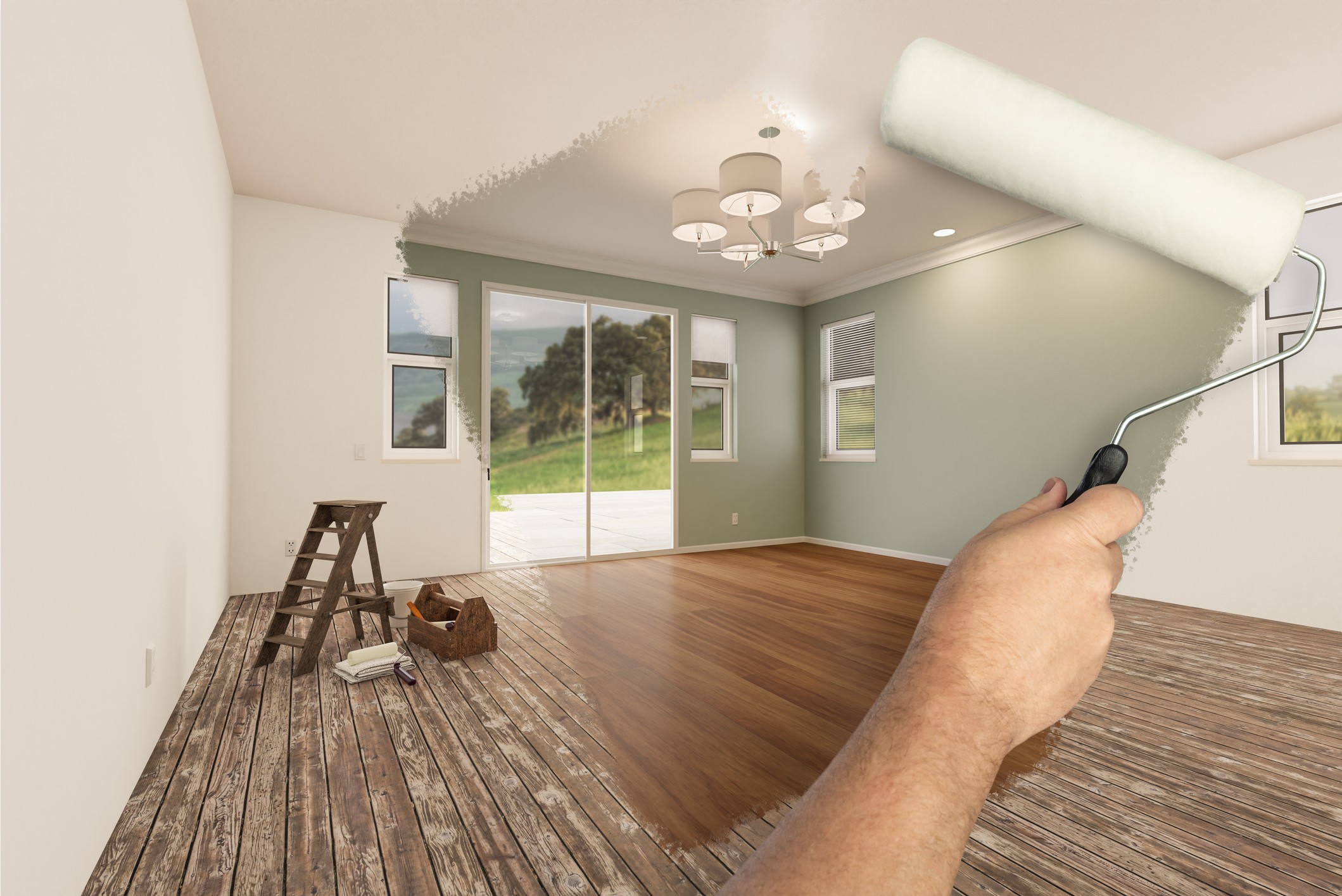Non toxic building supplies have become a cornerstone in up to date construction and renovation initiatives, immediately responding to growing issues about indoor air quality, environmental sustainability, and occupant health. Utilizing these supplies not solely addresses the presence of harmful substances corresponding to volatile organic compounds (VOCs), formaldehyde, and heavy metals but in addition enhances consolation, safety, and long-term property value. Selecting actually non poisonous supplies involves a nuanced understanding of chemical composition, emission standards, and the interplay between constructing codes and human well-being. This comprehensive exploration will dissect the multifaceted benefits of non poisonous building materials, delineate the common issues they resolve, and equip professionals and owners with sensible information to make knowledgeable selections.
Defining non toxic building materials begins with recognizing these substances that minimize the emission of dangerous chemical compounds into indoor environments. Unlike traditional materials which will include adhesives, solvents, or additives known to off-gas hazardous compounds, non poisonous materials prioritize safety, health, and environmental duty.
At the core of non poisonous building materials are components free from volatile organic compounds (VOCs), formaldehyde, heavy metals, and different carcinogens or irritants. Materials corresponding to pure clay plasters, untreated wood, low-VOC paints, and mineral-based insulation are designed to hold up chemical stability, lowering off-gassing during both set up and occupancy. The absence of artificial binders or plasticizers in these materials typically aligns with certification standards like GREENGUARD or Cradle to Cradle, guaranteeing third-party validation of their security profile.
Compliance with building requirements similar to LEED (Leadership in Energy and Environmental Design) and the Living Building Challenge frames the duties of builders and designers to use non poisonous supplies. These benchmarks consider material composition, emissions, sourcing, and lifecycle influence. Moreover, adherence to regulatory tips like these from the EPA’s Indoor Air Quality programs adds a further layer of authority, pushing the business past mere aesthetics or vitality effectivity in path of holistic well being optimization.
Understanding the nuances behind what constitutes non poisonous supplies enables a deeper discussion relating to their benefits and the challenges they overcome. Before exploring particular material classes and Docs.Brdocsdigitais.Com applications, you will need to grasp the problem areas these materials intend to resolve.
The choice to include non toxic constructing supplies delivers profound benefits that extend from immediate occupant health to longer-term ecological stewardship. These benefits align intently with the priorities of improving indoor air high quality, reducing environmental footprint, and sustaining healthier living environments.
Traditional construction supplies often emit hazardous compounds that accumulate indoors, leading to sick constructing syndrome, respiratory points, and allergic reactions. Non toxic materials significantly mitigate these risks by minimizing off-gassing and chemical exposure. Improved indoor air quality contributes to raised respiratory health, decreased asthma triggers, and overall increased occupant consolation, which is essential in each residential and business settings.
Investing in non toxic constructing supplies can improve a property's market value by enhancing its appeal to health-conscious consumers and tenants. Additionally, these materials contribute to lower upkeep and remediation costs by resisting moisture, mould growth, and chemical degradation. This proactive strategy reduces the need for chemical-heavy repairs, lowering operational expenses over a building’s life cycle and enhancing durability.
Environmental sustainability is a important consideration in using non toxic supplies. Many are sourced from renewable or recycled content material, require much less energy-intensive manufacturing, and keep away from poisonous waste production. This alignment with green building practices helps reduce carbon footprint and conserves natural assets, supporting broader efforts in opposition to climate change and environmental degradation.

While these benefits provide a persuasive rationale, understanding the specific forms of non toxic constructing supplies and their sensible purposes will facilitate extra strategic and effective implementation.

This part will delve into the principal categories of non poisonous constructing materials, examining their composition, installation concerns, and the way they instantly address widespread building challenges.
Choice of insulation materials affects indoor air high quality and vitality effectivity profoundly. Natural choices corresponding to cotton (denim) insulation, sheep’s wool, cellulose, and cork provide excellent thermal performance without the poisonous binders or flame retardants found in typical fiberglass and foam insulations. These supplies are breathable, mold-resistant, and infrequently carry certifications indicating low allergenic potential. Their installation reduces chemical exposure for both staff and occupants while maintaining sustainable lifecycle profiles.
Paints and finishes are notorious sources of VOCs, Reformas Residenciais which off-gas for months after utility. Low-VOC and zero-VOC choices make use of solvents and additives that limit emissions to properly below regulated thresholds. High-quality non toxic paints retain durability and aesthetic qualities whereas eliminating odors and toxic exposure, bettering occupant consolation instantly after project completion.
Flooring supplies similar to bamboo, cork, linoleum (made from pure supplies like linseed oil and wood flour), and responsibly harvested hardwood supply a sustainable various to vinyl, laminate, and synthetic carpets that often include plasticizers and different toxins. These natural floors enhance indoor air quality, are often biodegradable, and can be refinished to increase lifespan, reducing replacement frequency and waste generation.
Structural components together with untreated or sustainably harvested wood framing, timbercrete, hempcrete, and clay bricks emphasize non toxics by excluding preservatives and synthetic chemical components usually present in handled lumber and standard concrete. Incorporating these supplies requires experience of their structural properties and moisture administration but supplies improved breathability and decreased chemical publicity in partitions and foundations.
Having a clear understanding of fabric categories permits assessment of their performance traits in real-world development scenarios. To combine these choices successfully, considerations about prices, performance, and compliance necessities have to be explored.
While non poisonous supplies present compelling benefits, profitable implementation requires confronting certain challenges including prices, regulatory frameworks, and practical performance considerations. This section evaluates these elements critically to information realistic decision-making.
Initial investments in non toxic materials are often greater than typical alternatives, primarily because of production scale and sourcing challenges. However, baking these costs into the project budget offsets downstream expenses by decreasing health-related absenteeism, improving productivity, and avoiding pricey remediation triggered by poor indoor air quality. Lifecycle value analysis is important to demonstrate long-term savings and improved asset worth, making non poisonous materials financially justifiable.
Many jurisdictions lack specific mandates for non toxic materials, relying as an alternative on general health and security codes. However, the rising inclusion of green building requirements and voluntary applications presses compliance towards choosing supplies with documented emissions profiles. Builders and designers must navigate local fire safety codes, structural requirements, and dangerous materials rules to ensure that non toxic options not solely comply but improve security with out compromising performance.
Non toxic constructing supplies sometimes require specialized set up procedures or enhanced moisture control measures. For instance, natural insulation might demand exact vapor barrier placement to forestall mildew progress, while hempcrete partitions require curing time distinct from concrete. Proper training and quality control throughout installation forestall underperformance and be positive that materials benefits translate into sturdy, protected environments.
Beyond price and compliance, the human factor — together with occupant psychological consolation and market notion — profoundly influences the adoption of non toxic supplies, main us to understand how these selections impact homeowner and tenant satisfaction.
Incorporating non toxic constructing materials correlates not solely with physical health but also with psychological well-being and optimizes market positioning, fulfilling the more and more health-conscious calls for of contemporary occupants.
Studies repeatedly link improved indoor air high quality to enhanced cognitive operate, temper stabilization, and sleep quality. Homes and workplaces constructed with non toxic supplies foster environments where occupants face fewer irritants, allergens, and odors, leading to increased productiveness and reduced sick days. This directly addresses pain factors frequent among house owners and facility managers, enhancing general quality of dwelling or workspaces.
The property market increasingly favors health-promoting features. Buildings that advertise non poisonous supplies appeal to a niche however rising segment of patrons and renters keen to pay premiums for wellness attributes. This pattern encourages builders and renovators to differentiate their products and services with clear communication about non toxic selections, amplifying business progress and popularity.
Non poisonous materials combine seamlessly into broader sustainability narratives, positioning properties as environmentally accountable and forward-thinking. This technique faucets into global client consciousness about local weather change and personal well being, creating alternatives for branding, marketing, and reaching green certifications that additional boost asset desirability and marketability.
Incorporating psychological and market dimensions closes the loop on understanding non poisonous building supplies from definition to influence. Drawing these insights comprehensively permits assured utility and maximizes advantages.
Non toxic building materials characterize an intersection of occupant well being, environmental responsibility, and reformas residenciais long-term monetary value. Reducing harmful chemical publicity via carefully selected parts dramatically improves indoor air high quality and reformas Residenciais living conditions whereas enhancing property appeal and sustainability credentials. Despite preliminary value and technical challenges, these supplies contribute to durable, comfortable, and market-relevant constructions.
To implement a successful non poisonous building materials technique, contemplate these steps:
Embracing non toxic constructing supplies isn't merely a pattern however a important development in direction of healthier, more sustainable, and economically sound constructing practices. Applying this data systematically yields safer environments and resilient assets designed for future generations.

No Data Found!

